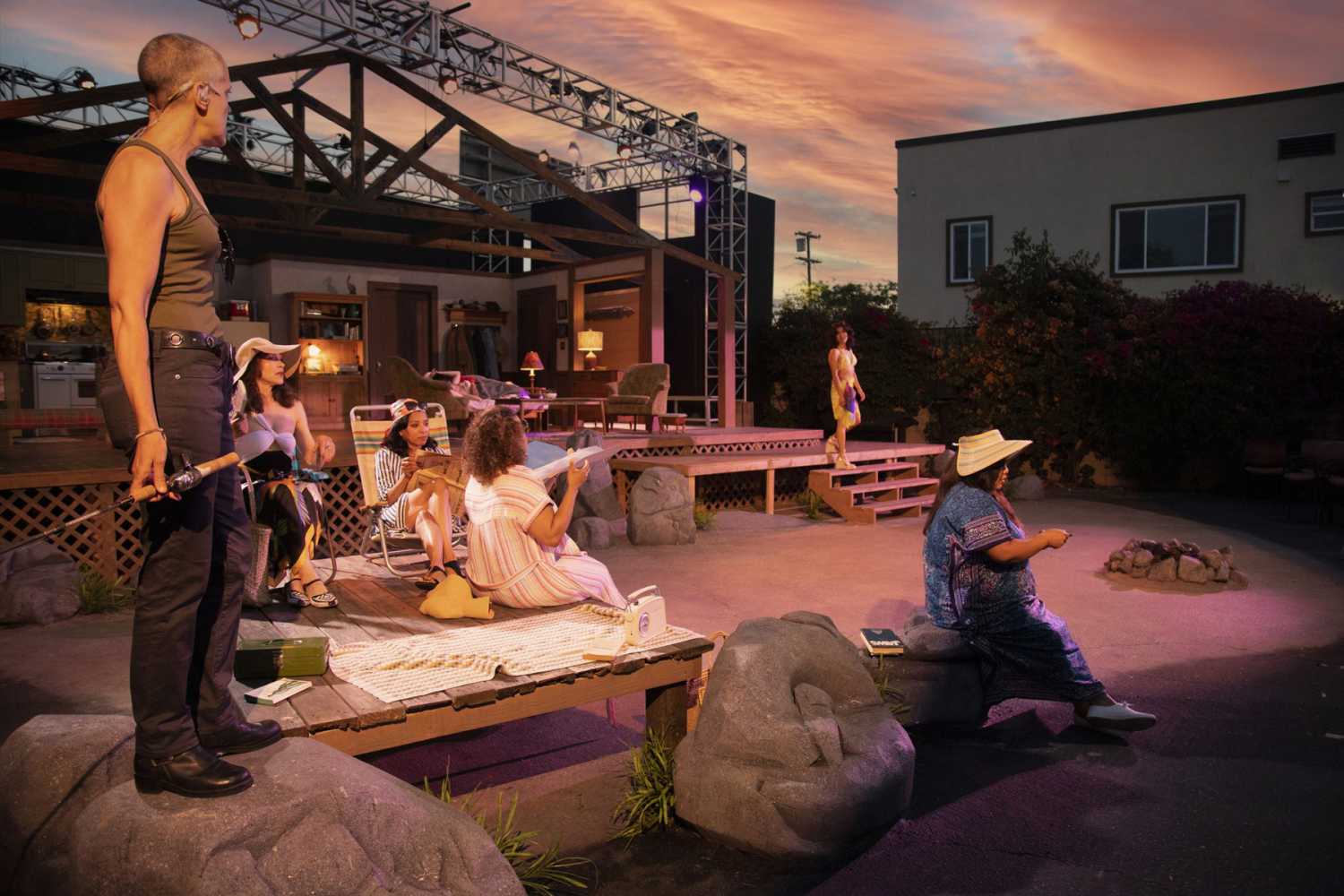Chauvet joins Last Summer at Bluefish Cove
- Details

Lighting designer R.S. Buck and the rest of the production team appreciated the significance of this when they worked on a recent production of the 43-year-old classic at the Fountain Theatre in Los Angeles, but their vision extended beyond the play’s historical context to focus on the stories of the eight women portrayed in this drama.
"As we worked on the play, we were less interested in highlighting it as a period piece, and more in showing the authenticity and relevance of these women’s stories,” said Buck. “So, all of us on the design team worked hard to create a world that didn’t distract any member of the audience from what was happening on stage. For lighting, that meant minimal subtle changes – with a very clearly visible rig of LED fixtures, which, of course didn’t exist 40 years ago. My goal was to be almost imperceptible, while contributing to the unfolding of the story.”
Helping Buck realise this goal was a lighting rig that featured 30 Chauvet Professional fixtures from the theatre’s house rig and rented from Preston Productions. Included in this group were two Maverick Storm 1 Washes, 12 COLORdash H7 Pars, and six Ovation E-910FC ellipsoidals from the theatre’s rig, as well as two Maverick Storm 2 Profiles, two Rogue Outcast 2X Washes, and six Ovation Reve units from Preston Productions
Playing a key role in the lighting design were the two Maverick Storm 2 Profiles that Buck added to the house rig. Positioned FOH, the 580-watt fixtures were essential to creating the clean front lighting he envisioned.
“The Mavericks were great at front lighting the entirety of the playing space, and then shuttering off the front of the stage, the ceiling piece of the set, and the truss framing the stage,” said the LA-based designer. “While technically the same could have been done with many ERS fixtures, there wasn’t room on the truss towers, nor the time in the dark to focus.”
The play follows eight women during a summer in the 1970s at a seaside enclave. Buck reflects the emotional lives of these women with lighting that is emotionally powerful without ever being overdone.
“We didn’t want to tell the audience what to feel, and went with a quasi-Brechtian approach,” said Buck. “So, I tried not to follow those journeys, with the exception of a few two minute, or longer, cues, when I deepened or changed the colours in the room and pulled focus for some of the key moments of the show.”
















